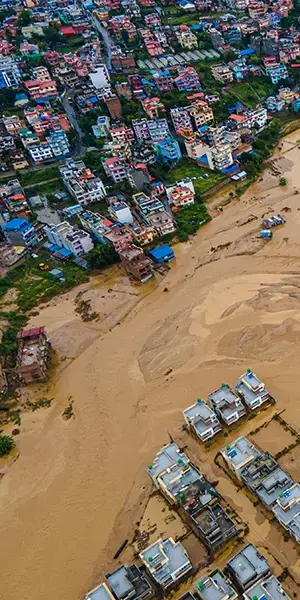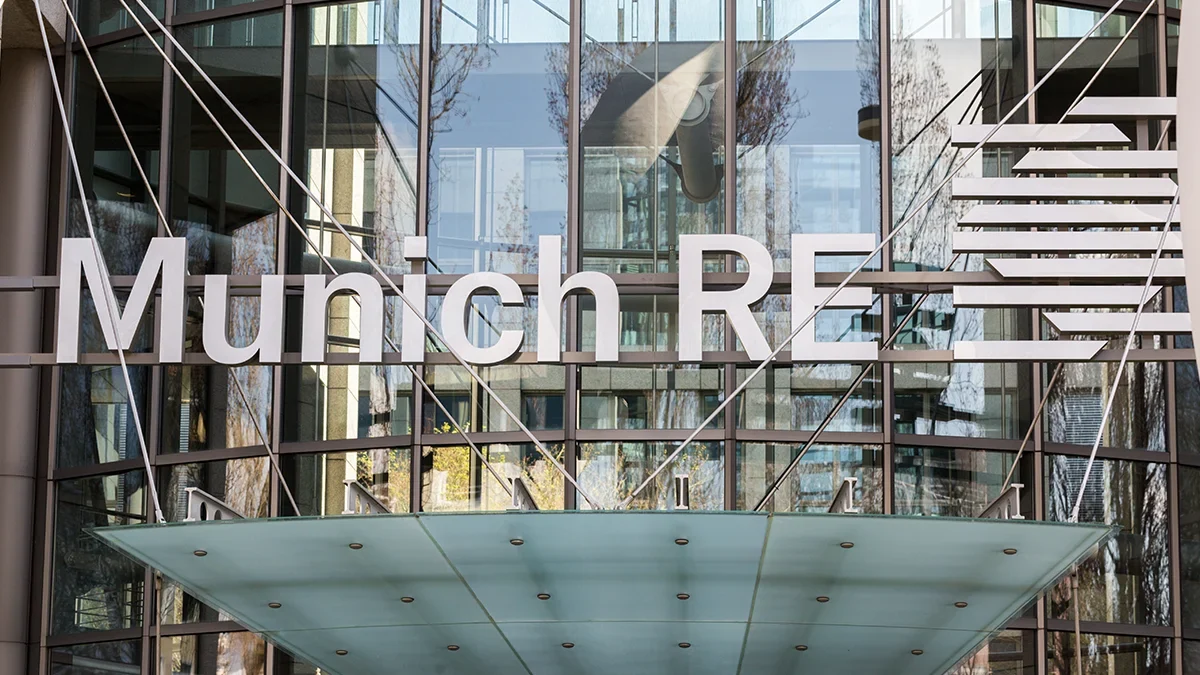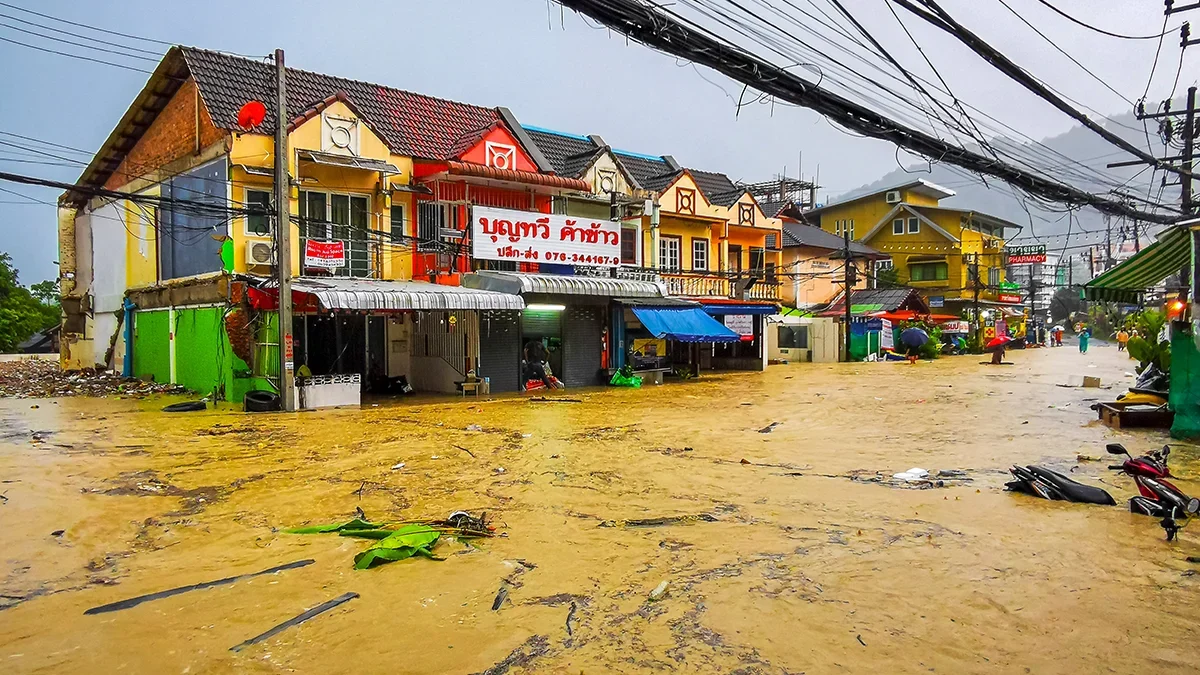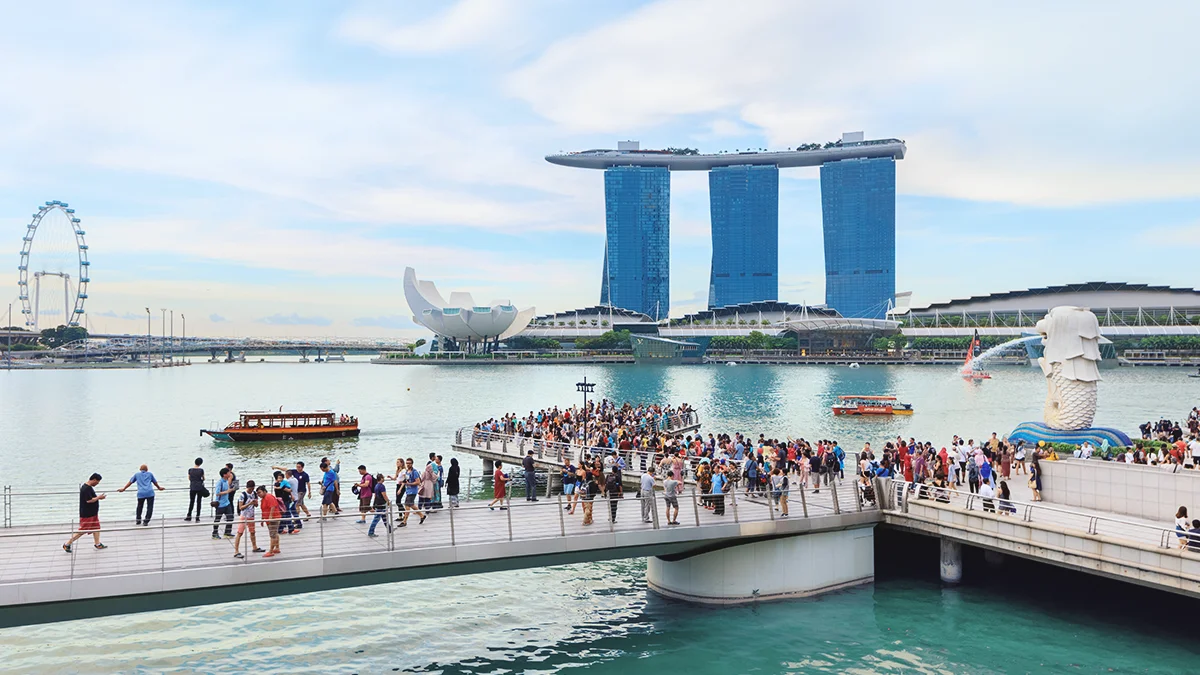(Re)in Summary
• S&P Global Ratings says the risk of mega earthquakes in Japan is putting downward pressure on the ratings of non-life and life insurers.
• Projected claims from a Nankai Trough quake could reach ¥4.1 trillion for earthquake risks and ¥28.8 trillion for household earthquake insurance, far above amounts recorded from the Great East Japan earthquake in 2011
• Non-life insurers are relying more on overseas reinsurance and cautious underwriting in response to higher quake risks.
• Life insurers face high claims but lower risk due to strong capital.
S&P Global Ratings says the risk of mega earthquakes in Japan is weighing on life and non-life insurer ratings, with claims having the potential to exceed non-life insurers’ annual earnings.
In a new analysis published on Monday, the ratings agency noted the high probability of megaquakes occurring in the Nankai Trough and beneath Tokyo within the next 30 years, estimating that potential losses for property and casualty insurers could dwarf those from the 2011 Great East Japan Earthquake.
“A magnitude 8 to 9 Nankai Trough earthquake has a 60%-90%+ probability of occurring within the next 30 years. Meanwhile, a magnitude 7 or so earthquake beneath Tokyo has about a 70% chance of occurring,” S&P said.
The 2011 earthquake resulted in approximately ¥200bn (US$1.27bn) in insurance payouts for earthquake risks and another ¥1.2 trillion in household earthquake insurance.
In comparison, the maximum modelled damage from a Nankai Trough earthquake is estimated at up to ¥4.1 trillion in earthquake-related claims and ¥28.8 trillion in household earthquake insurance payouts. A Tokyo megaquake could result in up to ¥1.1 trillion in claims for earthquake risks and up to ¥7.5 trillion in claims for household earthquake insurance.
The figures gain added significance considering that the Japanese non-life insurance industry reported an income of ¥2.2 trillion for the 2024-25 financial year. Inflation and higher earthquake insurance uptake could further increase actual payouts.
The risk perception is a negative factor for the insurance industry. “The Great East Japan Earthquake shows creditworthiness could potentially be negatively affected through various channels,” S&P said. “Immediately after the earthquake, the financial valuation of non-life insurance companies came under pressure due to the likelihood of an increase in insurance payments and a decline in domestic stock prices.
In the case of a Nankai Trough earthquake, the capital adequacy ratio of the non-life insurance industry, which currently has a 99.95% confidence interval, could fall by one notch to the 99.8% confidence level.
“We may lower our ratings on individual insurers if they have excessive exposure to earthquake risk,” S&P added. “However, we’re not making any such adjustments at present,”
In response to the risks, non-life insurers are adopting a more cautious underwriting approach, as shown by increased reliance on overseas reinsurance for domestic earthquake risks, particularly those with long recurrence intervals.
Life insurance impact
Life insurers could also see significant claims due to a megaquake, with S&P estimating ¥2.4 trillion in claims following a Nankai Trough earthquake and ¥180 billion in the event of an earthquake beneath Tokyo.
However, the ratings agency said the impact on life insurers would be more “restrained” due to their ability to absorb claims, supported by strong capital bases and profits.
With many life firms conducting regular stress tests, the ratings agency believes their risk is lower for the segment, “unless there is significant deterioration in financial markets.”
Such volatility coincides with the concern that the economic damage caused by future quakes–and the financial burden of reconstruction–could also pressure Japan’s sovereign credit rating.
“Even if creditworthiness is maintained on a stand-alone basis, a downgrade of the sovereign would pressure our ratings on insurers,” the agency said.
























